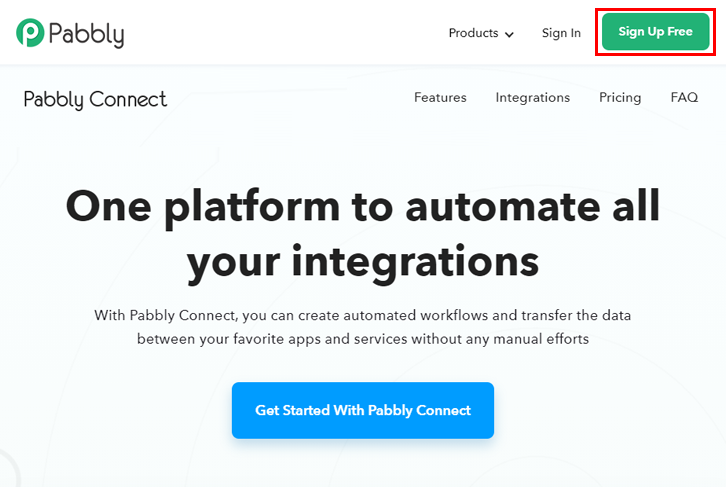Are you tired of searching for a way to update Salesforce contact from updated WooCommerce customer automatically? If yes, then look no further, as here you will get the easiest way to integrate WooCommerce with Salesforce using Pabbly Connect.
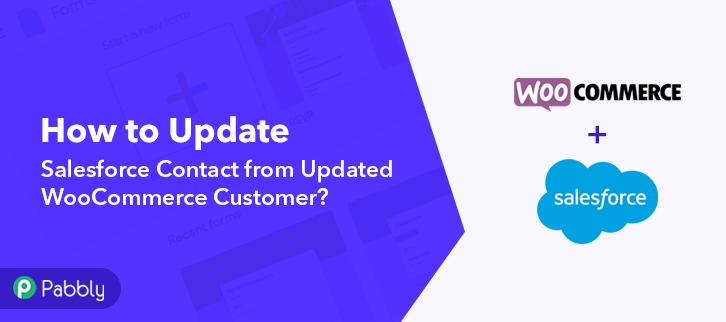
Primarily, Pabbly Connect is an integration & automation service that allows you to transfer data from one remote application to another in real-time.
Besides, you don’t even need to have any coding skills or programming knowledge. Simply integrate it once and relax, it will handle all the workload later. Moreover, you can access all the features even in its free plan.
Apart from the integration, Pabbly Connect offers many premium features which include using routers, formatters, instant triggers, multi-step calls & support to thousands of app integrations.
Why Choose This Method Of Integration?
In contrast with other integration services-
- Pabbly Connect does not charge you for its in-built apps like filters, Iterator, Router, Data transformer, and more
- Create “Unlimited Workflows” and smoothly define multiple tasks for each action
- As compared to other services which offer 750 tasks at $24.99, Pabbly Connect offers 50000 tasks in the starter plan of $29 itself
- Unlike Zapier, there’s no restriction on features. Get access to advanced features even in the basic plan
- Try before you buy! Before spending your money, you can actually signup & try out the working of Pabbly Connect for FREE
But, before jumping directly on the procedure first, let’s learn a wee bit about the services. WooCommerce is a WordPress plugin that enables sites to sell goods online. Big as well as small business owners can use it to create & manage their online stores. Whereas, Salesforce is a cloud computing service that allows businesses to use cloud technology to better connect with customers, partners, and potential users.
Consequently, by integrating WooCommerce with Salesforce, whenever an existing WooCommerce customer changes their profile then automatically updates the customer details in Salesforce contact. This way you can save yourself from doing all the repetitive work & can ultimately save a lot of time & effort.
Plus, we’ve embedded a video tutorial for this integration. So, have a look at it by yourself–
Along with the video, we have also embedded the template for this integration to help you get started instantly. You can just tap on the ‘Use Workflow’ button available below to begin. Moreover, you can also visit Marketplace & look for more integrations & apps.
Now, without any further explanation, let’s get directly on track & follow the step by step procedure to integrate WooCommerce and Salesforce.
Step 1: Sign up to Pabbly Connect
Initially, begin with visiting the Pabbly Connect website. Then hit the ‘Sign-Up Free‘ button available on the home page. Next on the registration page that opens subsequently either use your existing Google account or manually fill the registration form to signup.
Try Pabbly Connect for FREE
After successfully logging in, strike the ‘Access Now’ button of the software ‘Connect’ in the Pabbly application. Commence the process to update Salesforce contact from updated WooCommerce customer, by pushing the ‘Create Workflow’ button to start creating a new workflow. Now, name the workflow as per the integration or use-case (for instance: WooCommerce to Salesforce) and strike the ‘Create’ button available within the pop-up window. To integrate WooCommerce with Salesforce, you’ll need to set-up a trigger. Pabbly Connect lets you integrate or connect unlimited apps within minutes, tap here to get access to unlimited workflows. The subsequent step is to select ‘WooCommerce’ from the dropdown, then choose the ‘Customer Updated’ option. After selecting the application, you will have to copy the webhook URL just like in the above-shown image, for further integration process. Next, in order to update Salesforce contact from updated WooCommerce customer, you need to paste the copied Webhook URL in the software. Hence for that, just log in to your WooCommerce account. After successfully logging into your WordPress account, solely go to the ‘WooCommerce’ section then there press the ‘Settings’ option. Furthermore, when you hit ‘Settings’, it will open a tab with multiple options. Simply select the ‘Advanced’ option. Afterward, a page with many options will open up. Here hit the ‘Webhooks’ option and after it, click on the ‘Add Webhook’ button. Subsequently, you will have to enter the Webhook Data in the mentioned fields like webhook name, topic, along with this paste the above copied Webhook URL in ‘Delivery URL’ section, and make sure to change the status to ‘Active’. At last, press the ‘Save Webhook’ button. As we are done setting up the trigger to collect the data for profile updation of an existing WooCommerce customer. So, let’s test the trigger settings. To test a trigger, strike the ‘Capture Webhook Response’ button on your Pabbly Connect trigger window. Now, log in to an existing customer profile by filling in his/her credentials. Further, update the customer profile by changing the first and last name of the customer and at last click on ‘Save Changes’ button. Promptly, head back to Pabbly Connect window and you will see that the webhook response is showing, finally click on ‘Save’ button. Now, as we have gathered all the necessary information to update a Salesforce contact from WooCommerce webhook response. But first, we need to check whether this customer exists in Salesforce contact or not. Now in this step, click on the + button below and choose the application that you want to integrate. Here we will choose ‘Salesforce’ to integrate & method as ‘Search for a String’. After choosing the application click on the ‘Connect With Salesforce’ button for the next step. Next, in order to connect Salesforce to Pabbly Connect, you have to authorize the application. Hence for that, you have to log in to your Salesforce account. In the next window that slides in from the right, again click on ‘Connect with Salesforce’ button. Authorize your Salesforce account to connect with Pabbly Connect by allowing the access. Then, click on the ‘Save’ button. Once you are connected to your Salesforce account, now you have to map all the field data such as for the ‘query’ field map ‘email id’, for the ‘Sobject’ field enter ‘contact’, type ‘email’ in the ‘fields’ section and lastly set the ‘limit’ according to your preference. Subsequently, click on the ‘Save and Send Test Request’ button to get the API response. If you will get the API response, means the customer exists in Salesforce. But, if a customer does not exist in Salesforce then you will not get the API response. At last, click on the ‘Save’ button. Now, it’s time to make the condition that if a customer exists in Salesforce then update his/her details and if not then simply ignore. And for that, we have to integrate the router. Click on the ‘+’ button below and from choose app option, select ‘Router’ for integration. After that, we have to change the name of the route. Name ‘Route 1’ as ‘If the customer exists then update the details’, at last hit the ‘Update’ button. Click on the setting tab of Route 1 and a window will appear. Now, in the first section of filter, select customer ID (from API response) and select the condition as ‘Is Exist’ and then hit the ‘Save & Send Test Request’ button. Once you click on the ‘Save & Send Test Request’, soon you will get the API response that the condition is true. After we get a positive response. Now, we have to select an action for Route 1 integration to update customer details in Salesforce. For that, click on the plus (+) button on Route 1 window and select ‘Salesforce’ from choose app and choose methods as ‘Update Contact’. Then, click on the ‘Connect With Salesforce’ button. Subsequently, again click on ‘Connect with Salesforce’ button, and authorize your Salesforce account. Finally, click on the ‘Save’ button. After connecting with your Salesforce account, map all the fields like contact id, last name, first name and so on. Once you are done mapping all the fields, click on the ‘Save & Send Test Request’ button. Ultimately, click on ‘Save’ button and then hit the ‘Done’ button. Hence, the Route 1 integration is completed. Now, it’s time to check for the response in Salesforce dashboard. Finally, when you check your Salesforce contacts, you will see that the customer (Ted Mosby) details have been replaced with the new/updated info. Now, whenever any WooCommerce customer updates his/her profile and if they exist in Salesforce then their Salesforce profile will get automatically updated. Well, this is all about ‘How to Update Salesforce Contact from Updated WooCommerce Customer’. Consequently, just follow the step by step procedure mentioned above and you will end up integrating WooCommerce with Salesforce. Grab, Pabbly Connect for FREE with all its premium features. Also, do comment your feedback below over this integration.Step 2: Access Pabbly Connect
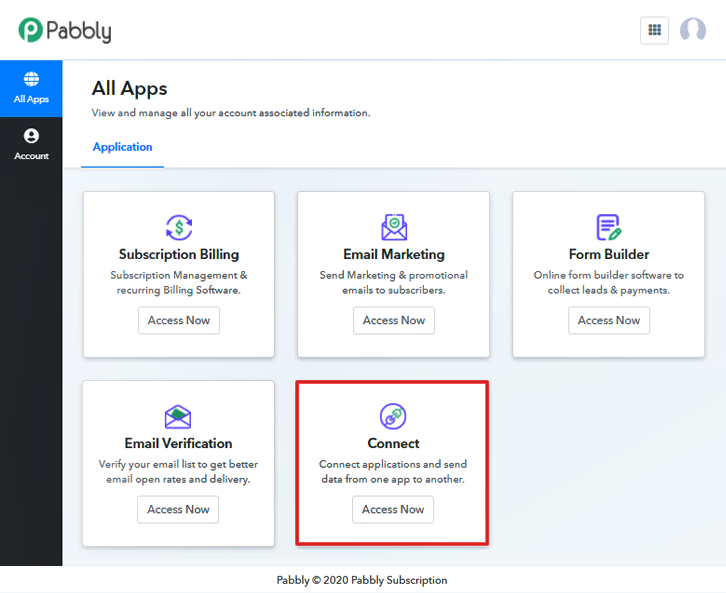
Step 3: Workflow for WooCommerce with Salesforce Integration
(a) Start with a New Workflow
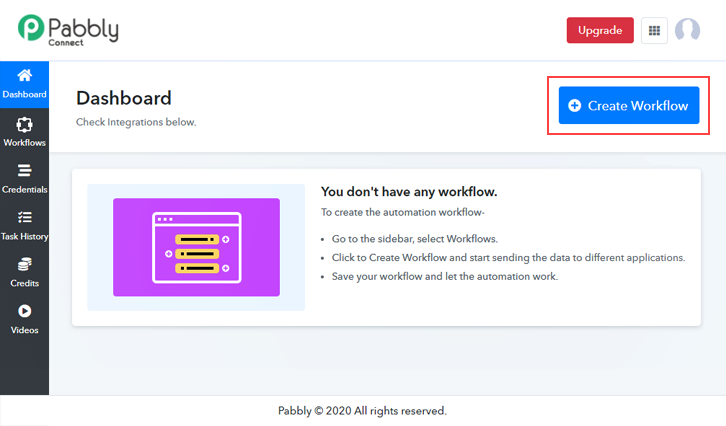
(b) Name the Workflow
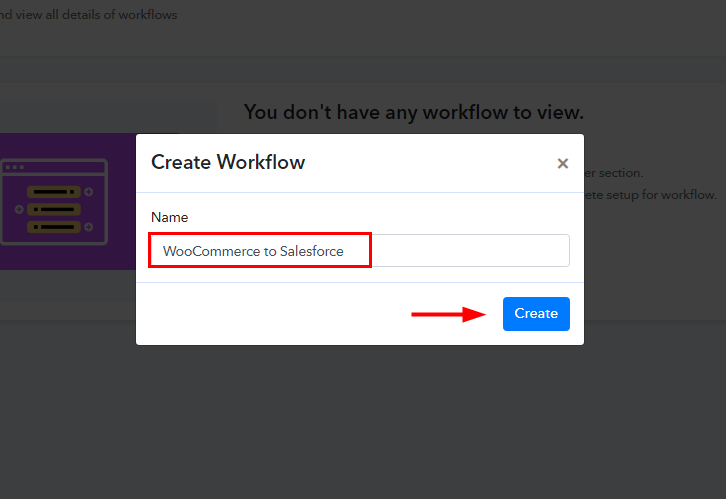
Step 4: Setting Trigger for WooCommerce to Salesforce Integration
(a) Select Application you Want to Integrate
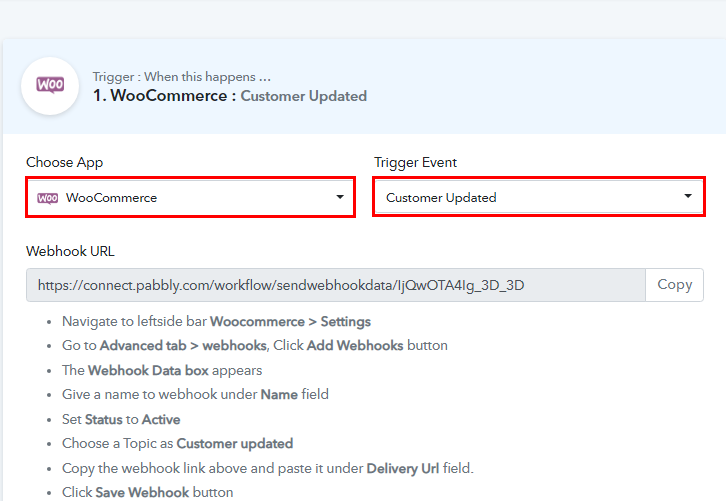
(b) Copy the Webhook URL
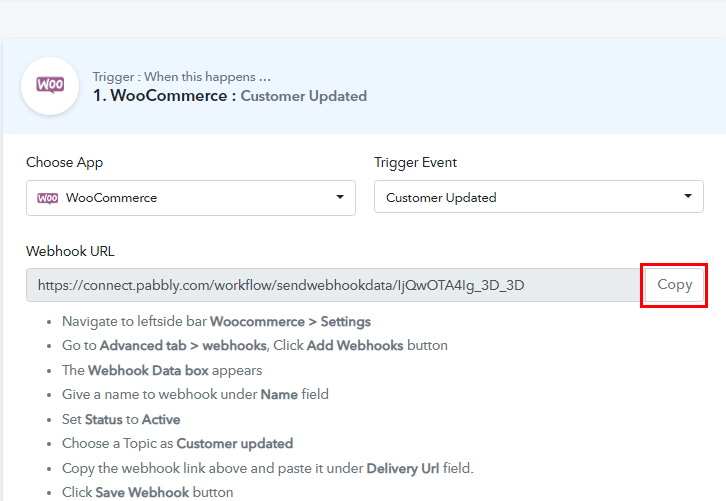
Step 5: Connecting WooCommerce to Pabbly Connect
(a) Go to WooCommerce Settings
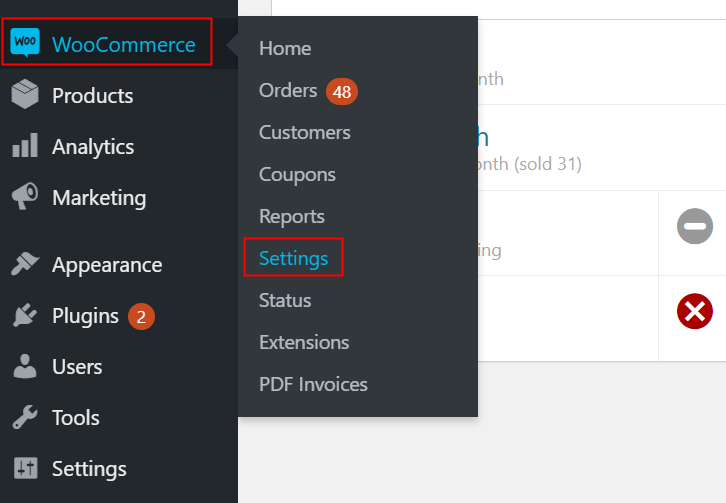
(b) Click on the Advanced Option
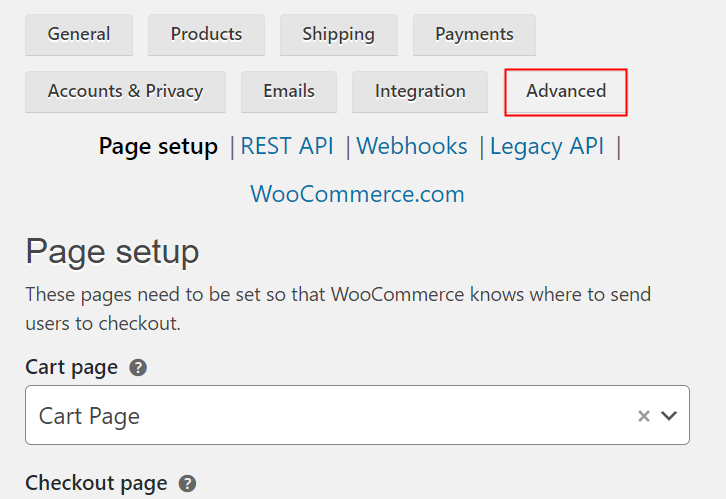
(c) Click on Webhooks Option
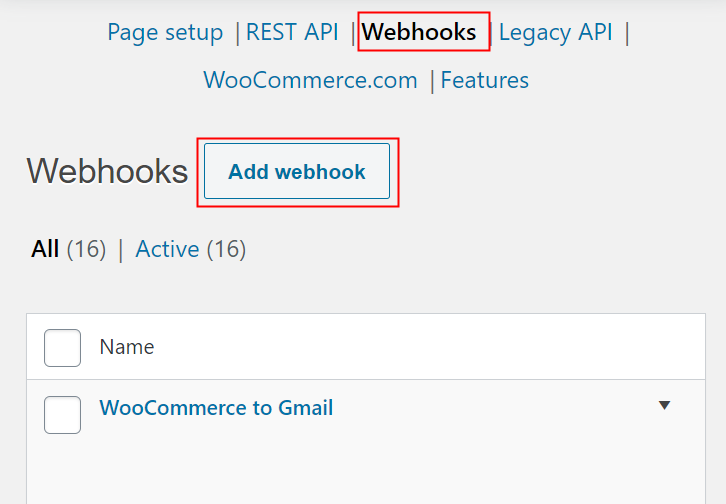
(d) Add Webhook Details
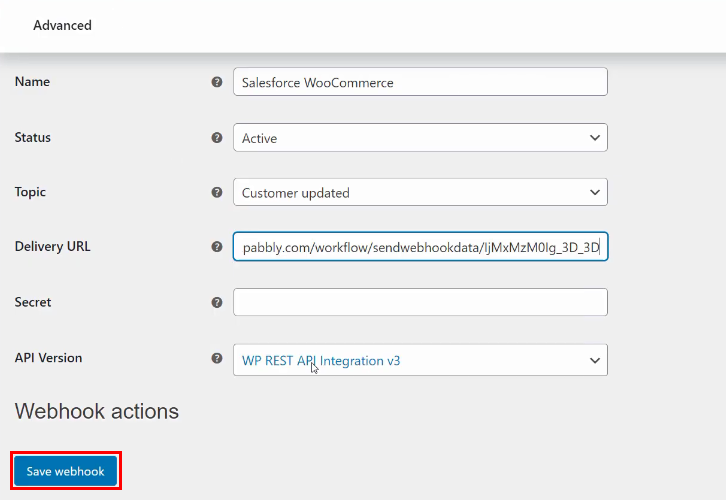
Step 6: Update Customer Profile
(a) Capture Webhook Response
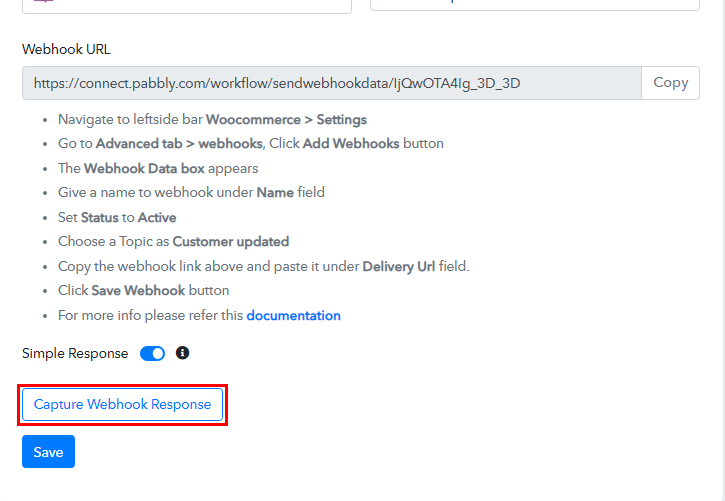
(b) Log in to Customer Account
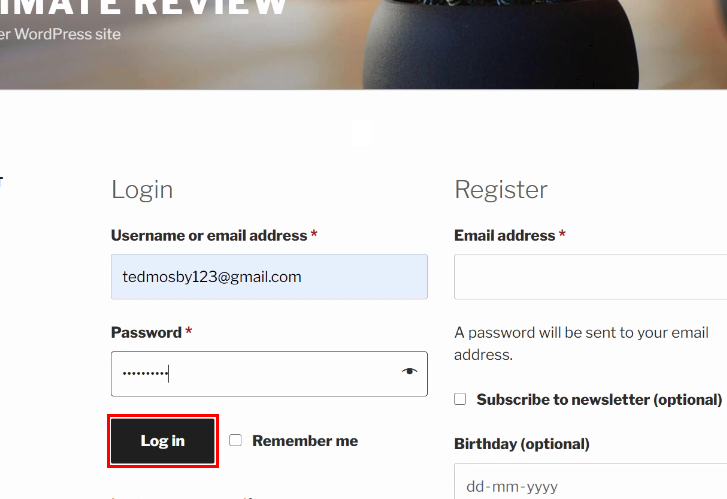
(c) Update Customer Details
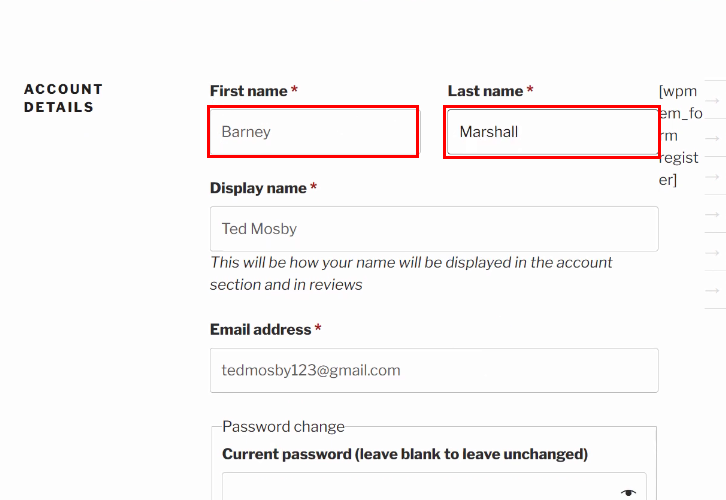
(d) Check and Save the Response
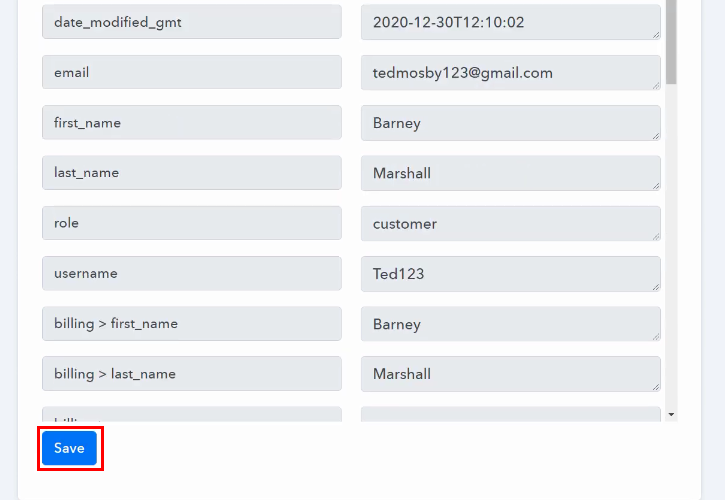
Step 7: Setting Action for WooCommerce to Salesforce Integration
(a) Select Application you want to Integrate
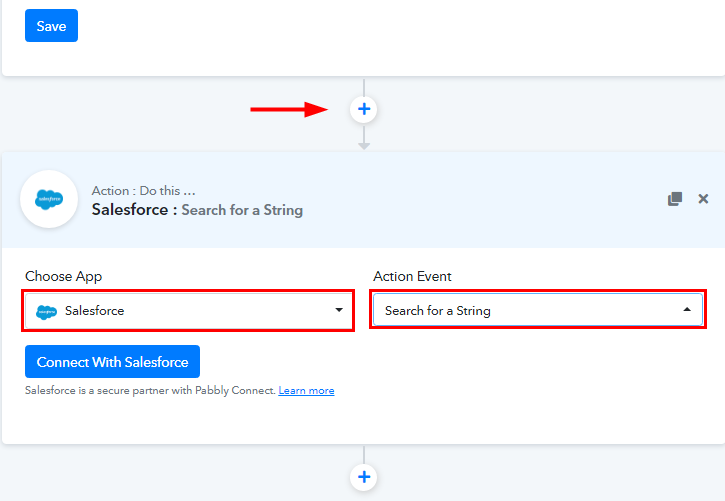
(b) Click the Connect Button
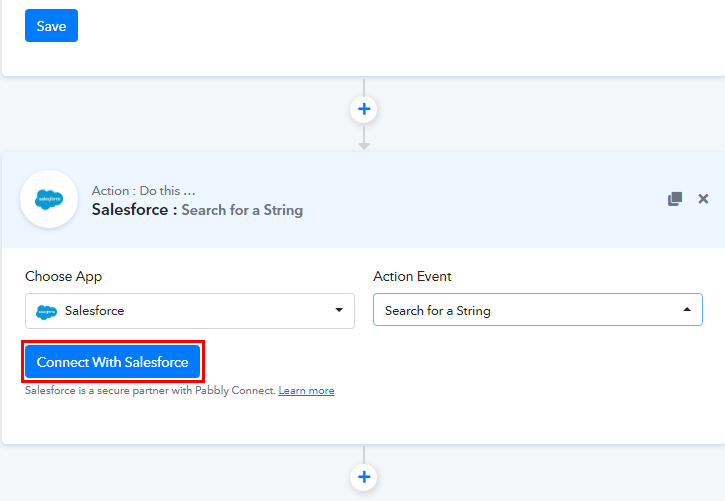
Step 8: Connecting Salesforce to Pabbly Connect
(a) Authorize Salesforce Account
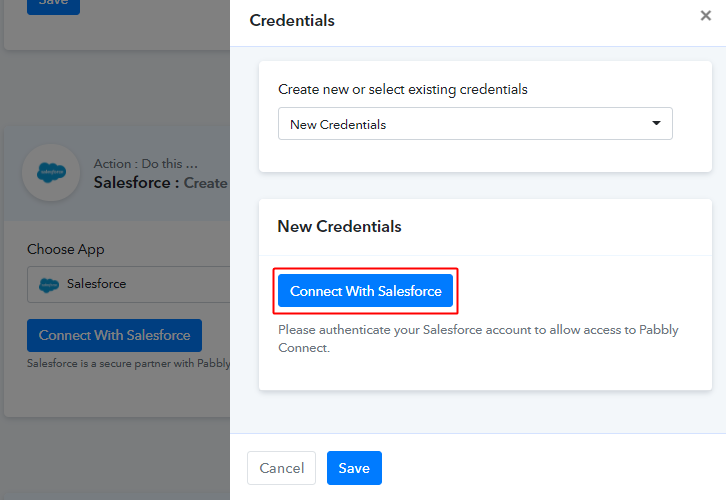
(b) Map the Fields
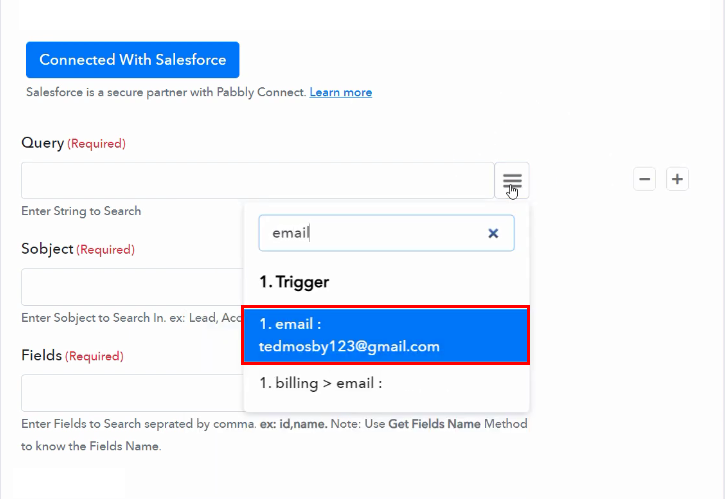
(c) Save and Send Test Request
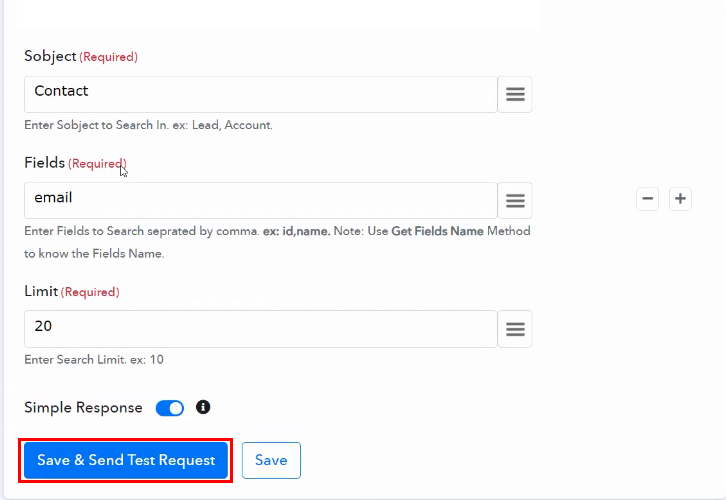
(d) Check and Save API Response
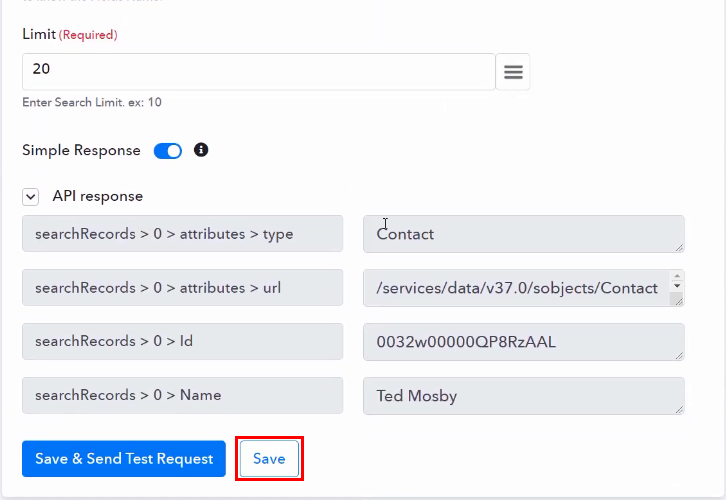
Step 9: Setting Router for WooCommerce to Salesforce Integration
(a) Select the Route
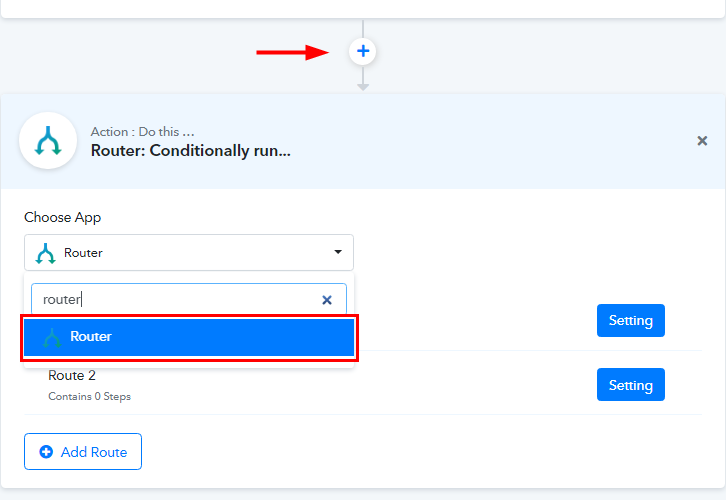
(b) Name the Route
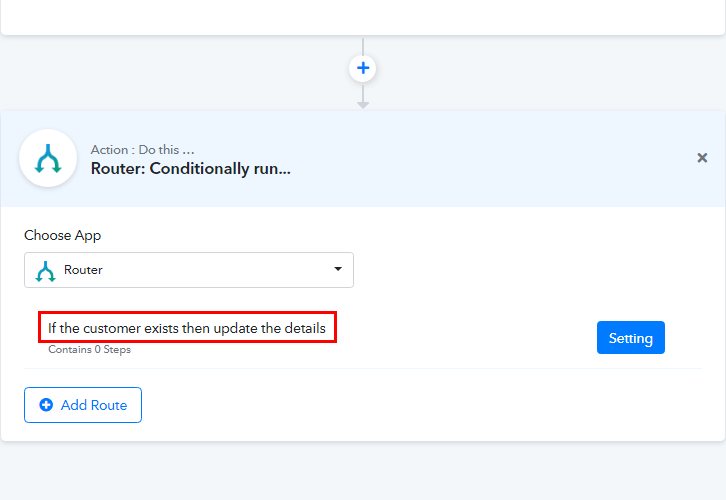
(c) Setting Route 1
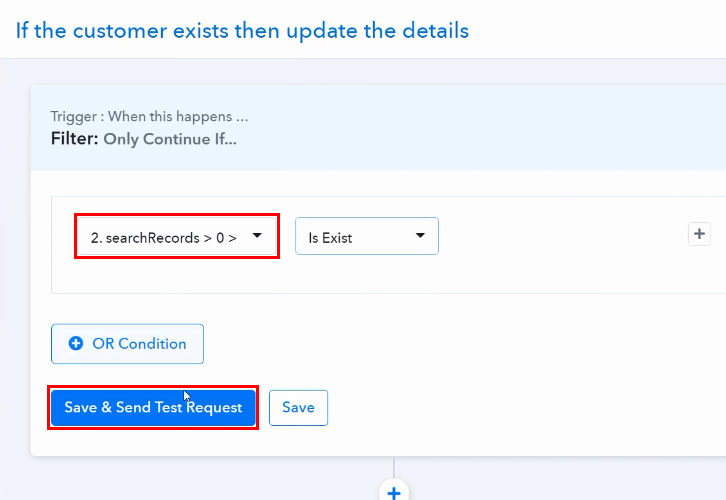
(d) Save the API Response
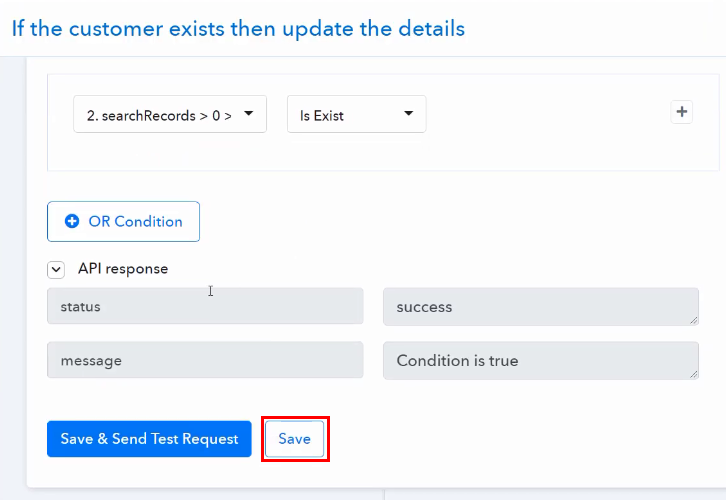
(e) Select Action for Route 1
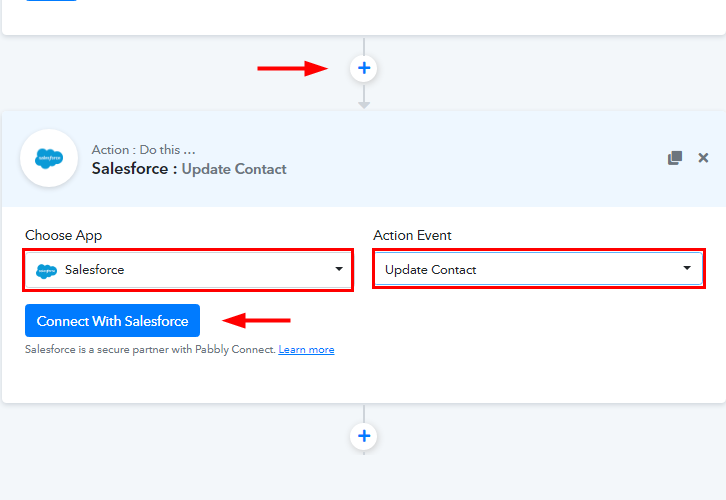
(f) Authorize Salesforce

(g) Map the Fields
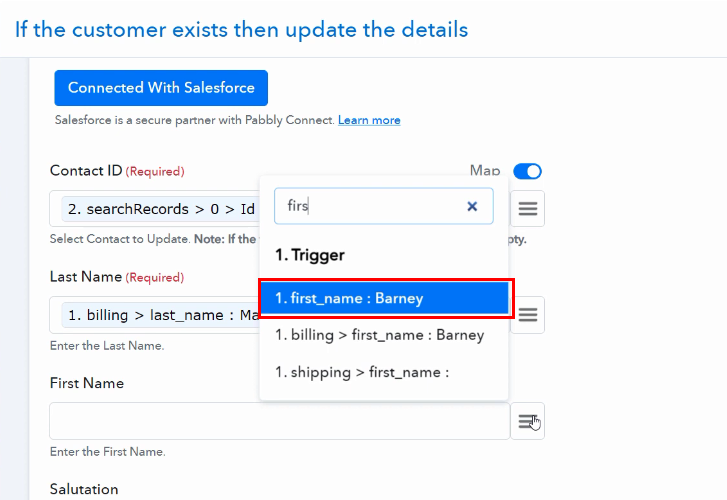
(h) Save and Send Test Request for Route 1
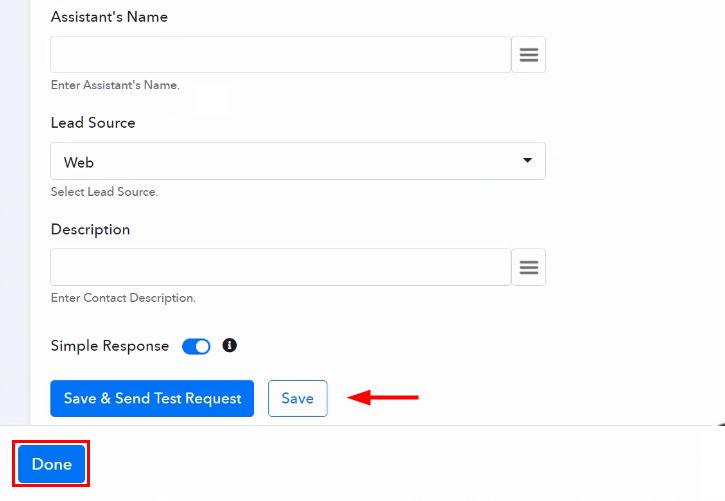
Step 10: Check Response in Salesforce Dashboard
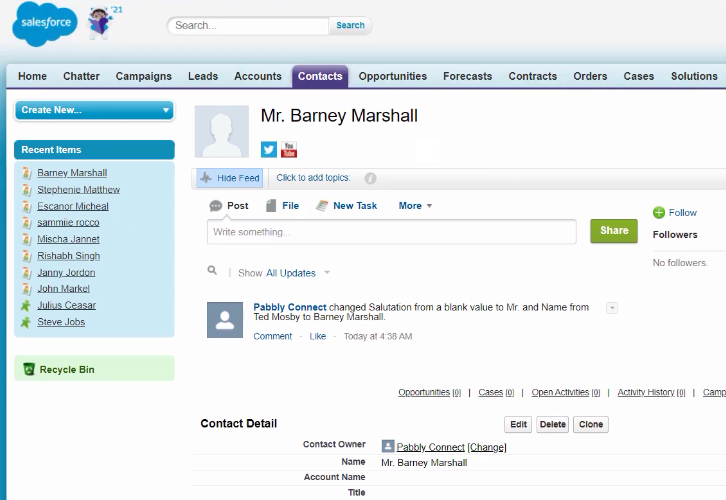
Conclusion:
You May Also Like To Read –

